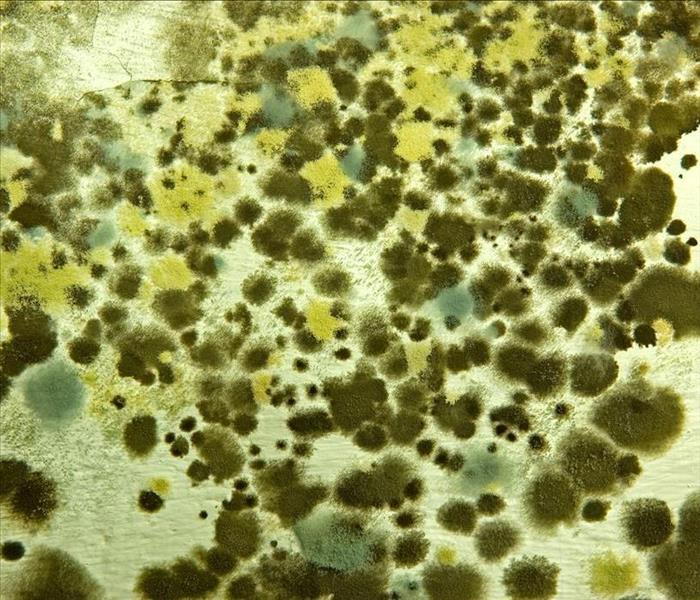Steps Involved in Mold Damage Remediation Process on Your Miami Property
12/13/2017 (Permalink)
Trust SERVPRO for Professional Mold Removal Services
Mold poses health effects and property damage in the humid climate of Miami. However, professionals can help to control the extent of damage and restore your property to preloss conditions.
Here at SERVPRO, we have a team of experts with years of experience in mold removal. Our technicians use a multi-step process to identify, remediate and restore your mold damaged Miami home in no time. Here are some of the things you should expect when you hire professional mold remediation.
Containment of the damage
The first step toward the mold remediation process is confining it to the affected area. When you hire professionals, one of the first things they do is take steps to prevent mold from spreading to the unaffected areas. Some of these measures include the following.
Installing plastic sheets that act as physical barriers to the spread of the mold
Using negative air pressure in the affected area to reduce spreading of the spores to unaffected regions
The SERVPRO professionals also establish ‘clean rooms’ and ‘decontamination rooms’ to store equipment
Mold removal
After containing the damage, the next step is the actual mold removal process. Mold removal process varies depending on the contaminated surface. If the surface is non-porous, it is usually cleaned and wiped. However, porous surfaces with visible mold growth such as fabric, drywall, and insulation often need to be safely discarded.
Mold from the non-porous material is removed using HEPA vacuuming. The HEPA vacuum eliminates the mold and prevents the spores from spreading in the air. If the surface is damp, it is usually wiped with a detergent. Various techniques such as damp wiping, sanding and wire brushing are often used to remove mold from non-porous surfaces.
Cleaning and follow-up
Once the mold has been removed, the HEPA vacuum is used to clean the dust and settled spores. The cleaning usually is done in multiple rounds with the time given for the spores to settle between the rounds. Making sure that the area is dry and clean is critical for preventing regrowth and secondary damage. Typically, the final move is an application of an antifungal agent to help prevent the regrowth of new spores.
Call SERVPRO of South Miami today at (305) 269 8900 to schedule an appointment with our mold experts. We are here to help you get the mold damage under control as soon as possible.
Click here for more information on the city govt.



 24/7 Emergency Service
24/7 Emergency Service
